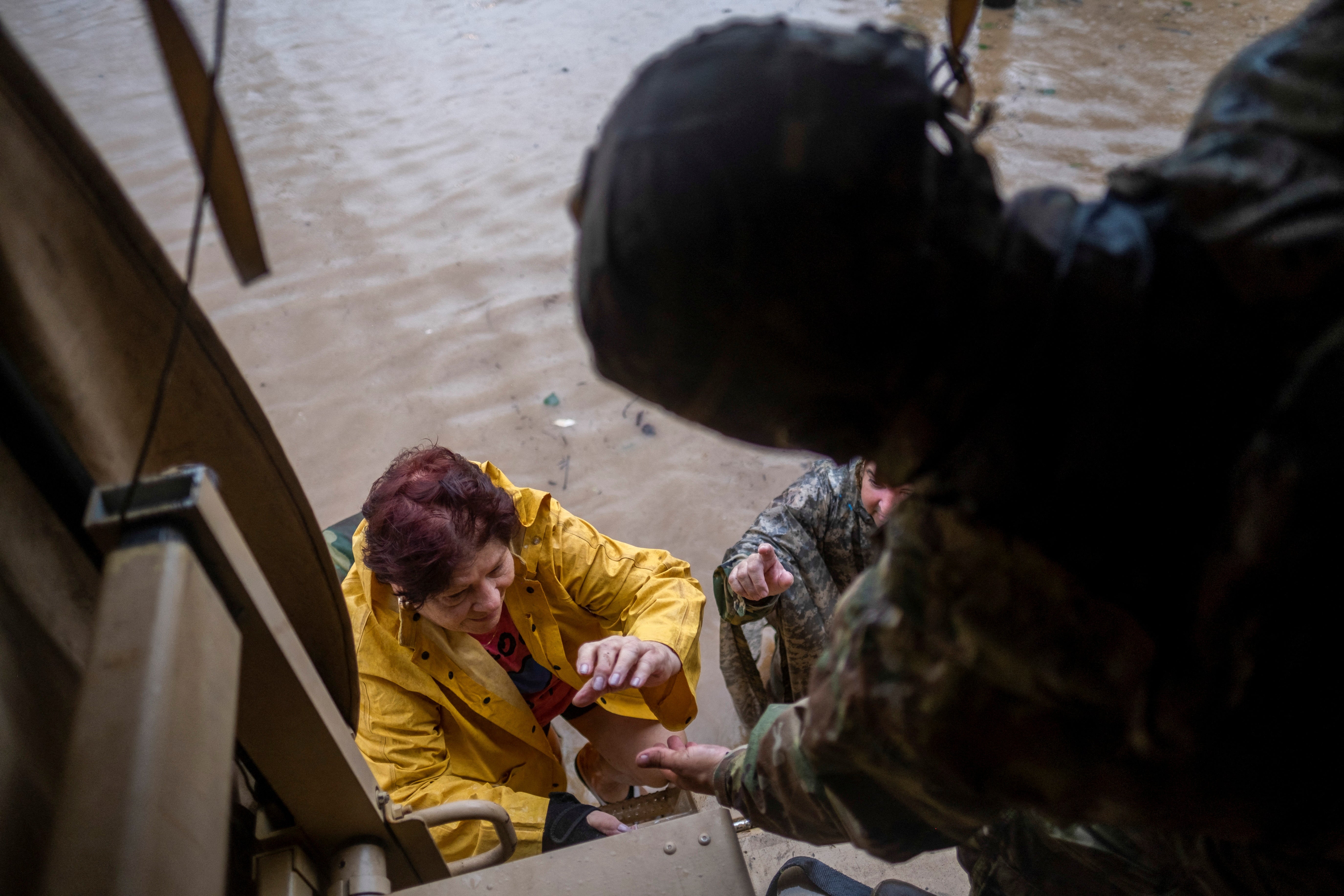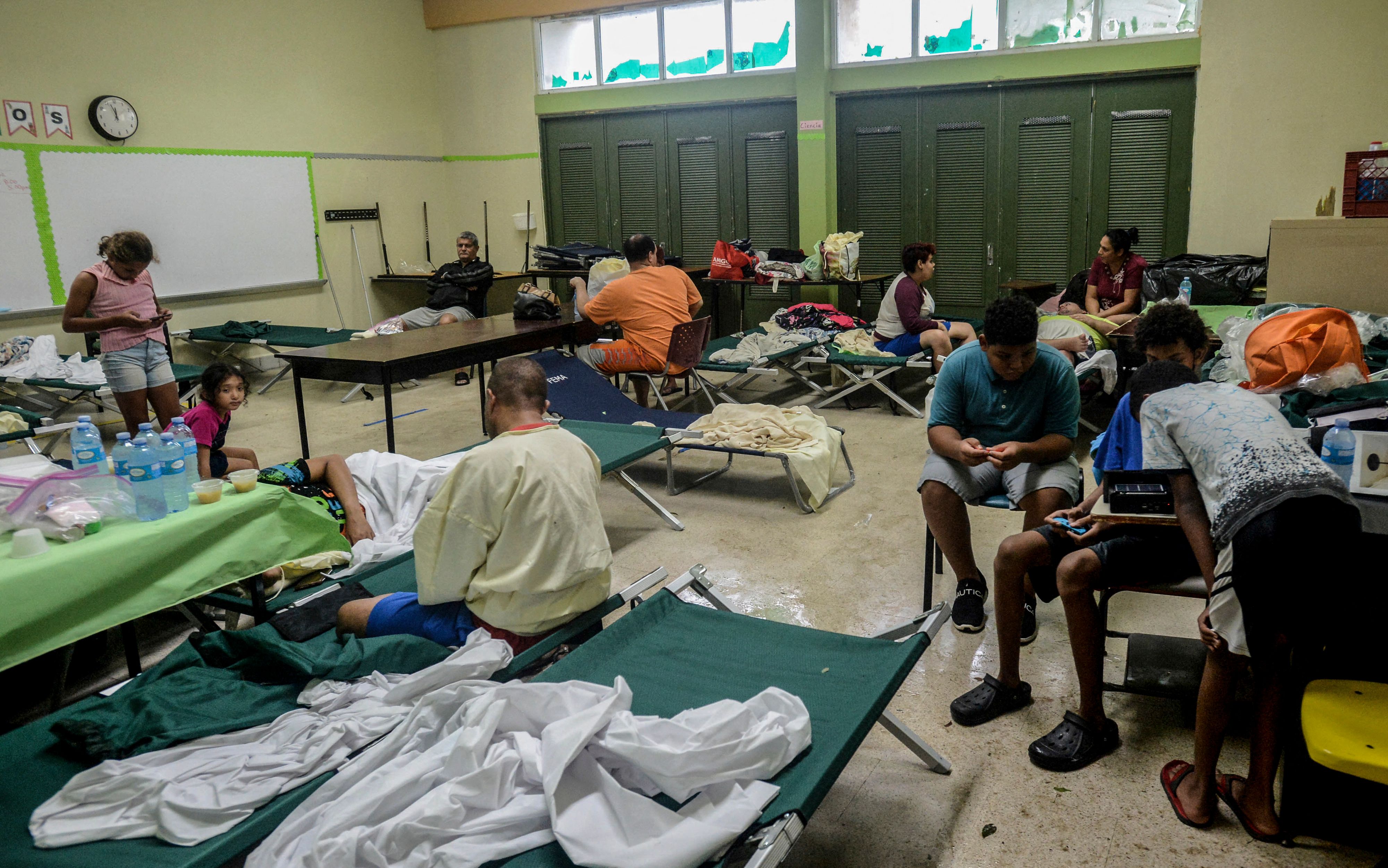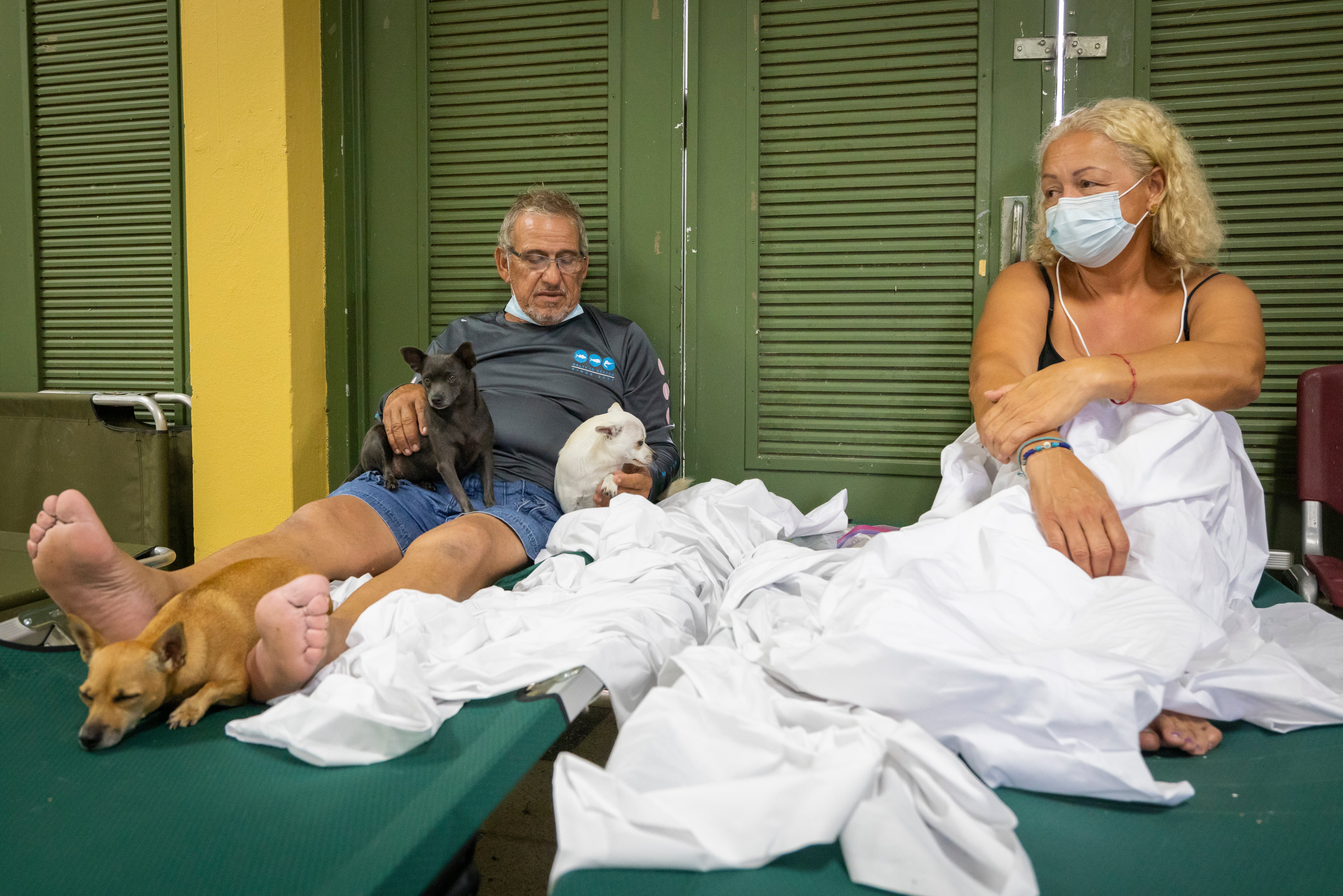Hurricane Fiona - news: Storm landfall in Dominican Republic as 1,000 stranded and power out in Puerto Rico
Officials say it could take several days for full power resoration - follow for the latest updates
Your support helps us to tell the story
From reproductive rights to climate change to Big Tech, The Independent is on the ground when the story is developing. Whether it's investigating the financials of Elon Musk's pro-Trump PAC or producing our latest documentary, 'The A Word', which shines a light on the American women fighting for reproductive rights, we know how important it is to parse out the facts from the messaging.
At such a critical moment in US history, we need reporters on the ground. Your donation allows us to keep sending journalists to speak to both sides of the story.
The Independent is trusted by Americans across the entire political spectrum. And unlike many other quality news outlets, we choose not to lock Americans out of our reporting and analysis with paywalls. We believe quality journalism should be available to everyone, paid for by those who can afford it.
Your support makes all the difference.More than a million residents of Puerto Rico are without power as Hurricane Fiona departed the US island territory and continued on a path to the Dominican Republic.
Wind speeds of 85mph and “historic” rains were felt as the tropical storm made landfall on Puerto Rico’s eastern shores on Sunday, where many rivers are now heavily flooded and at least one road bridge was swept away.
As of Monday morning, more than 1.3 million homes were still without power as conditions remained too dangerous for repairs across large swaths of the island. Power company LUMA warned that it could take several days for full power resoration.
The storm made landfall early Monday in the Dominican Republic and is on track to brush past the southeast Bahamas, as well as Turks and Caicos into Tuesday.
Overnight, US President Joe Biden issued an emergency disaster declaration to speed-up the relief process for the island, which was days away from marking the fifth anniversary of another powerful hurricane that caused thousands of deaths and the collapse of vital energy infrastructure in 2017.

Power still out
Electricity has been restored to some areas of Puerto Rico, as LUMA, the power company, works to get the island’s infrastructure back up and running.
But huge swaths of the island remain completely without power according to poweroutage.us, and even most homes in areas that have had power restored are still dark.
The entire island’s grid collapsed as Hurricane Fiona hit on Sunday and Monday.
US East Coast to see rip currents
As Hurricane Fiona moves north, it’s unlikely to reach the east coast of the US, lingering offshore.
But coastal regions could still see dangerous conditions as the storm churns up waters in the ocean, sending swells and dangerous rip currents to beaches and other shorelines.
What do the hurricane categories mean?
Hurricane Fiona hit Puerto Rico as a Category 1 hurricane and is forecast to become a Category 3 hurricane by later this week.
Hurricane categories are dependent on maximum sustained wind speeds – meaning a Category 5 hurricane has much faster winds than a Category 1 storm.
A tropical cyclone with wind speeds less than 74 miles per hour (119 kilometres per hour) is not categorized as a hurricane, but rather a tropical storm.
A cyclone with wind speeds less than 39 mph (63 kph) is a tropical depression – which does not get a name.
The categories do not indicate how much rain will fall, how big the storm or how slowly it might be moving – meaning even a lower-category storm can have a big impact, as we’ve seen in Puerto Rico today.
Shadow of Maria lingers
Some of the damage from Fiona might be due to the slow and stagnating rebuilding of the island after Hurricane Maria five years ago.
The Associated Press reports that many homes on the island are still lacking proper roofs, and public infrastructure – like the power grid – remains weak.
“I think all of us Puerto Ricans who lived through Maria have that post-traumatic stress of, ‘What is going to happen, how long is it going to last and what needs might we face?’” one local resident told AP.
Hurricane Maria led to nearly 3,000 deaths, with water and power shut down in much of the island for weeks.
Hurricane Fiona wiped out power to all of Puerto Rico, though some areas are beginning to be restored.
Two other storms forming
The National Hurricane Centre is watching two other storm systems in the Atlantic with the potential to form cyclones.
One in the tropics is moving toward the Caribbean and has a 20 per cent chance of forming a cyclone in the next five days.
The other is in the middle of the ocean and moving further north toward more ocean, with a 30 per cent chance of forming a cyclone in the next five days.
If either were to become a tropical storm, they’d be named Gaston.


Dominican Republic without water
More than 1 million people have lost access to running water in the Dominican Republic after Hurricane Fiona battered the country’s water infrastructure, a representative from the Dominican government has told CNN.
Hundreds of thousands of people are also without water in Puerto Rico as the storm devastated the northeast Caribbean.

Hurricanes are getting stronger. Blame the climate crisis
Hotter ocean waters and rising sea levels are making storms stronger and costlier - and the damage is increasing

Join our commenting forum
Join thought-provoking conversations, follow other Independent readers and see their replies
Comments